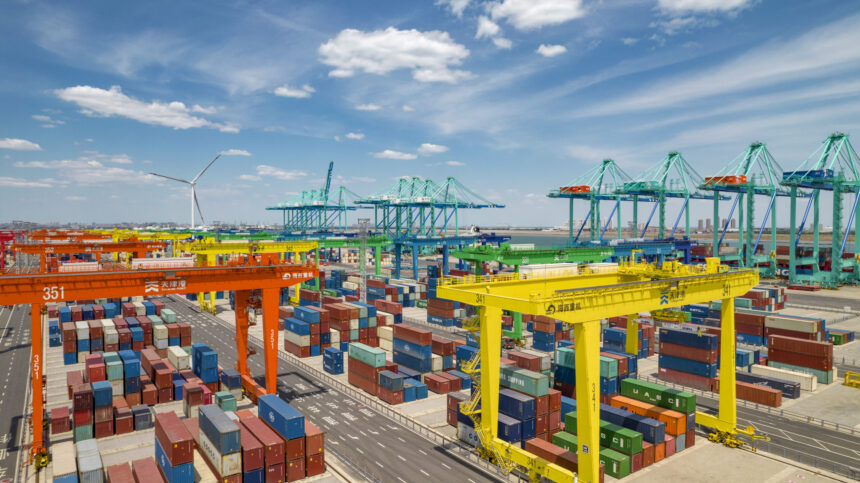- Choose Appropriate Packaging Materials: Encourage clients to use high-quality packaging materials suitable for the specific type of cargo being shipped, such as corrugated boxes, pallets, bubble wrap, or foam inserts.
- Properly Secure Items: Advise clients to securely package items within containers or on pallets to prevent shifting during transit. This reduces the risk of damage and ensures safe transportation.
- Optimize Container Space: Teach clients how to maximize container space by efficiently arranging items to fill voids and minimize unused space. This can help reduce the number of shipments needed and lower overall transportation costs.
- Consider Stackability: Instruct clients on the importance of stacking items safely and evenly to prevent toppling during transport. Stacking items properly can help utilize vertical space within containers and reduce the need for additional shipments.
- Labeling and Documentation: Emphasize the importance of accurate labeling and documentation to ensure that cargo is handled correctly throughout the shipping process. Clear labeling helps prevent delays and errors, reducing costs associated with re-routing or lost shipments.
- Weight Distribution: Educate clients on the importance of distributing weight evenly within containers or on pallets to prevent overloading or instability during transportation. Proper weight distribution can help avoid accidents and damage to cargo.
- Consideration of Fragile Items: Provide guidance on special handling requirements for fragile or delicate items, such as using cushioning materials and avoiding stacking heavy items on top of them. Properly protecting fragile items reduces the risk of damage and associated costs.
- Compliance with Regulations: Ensure that clients understand and comply with relevant regulations regarding packaging and shipping of goods, including weight limits, hazardous materials restrictions, and customs requirements. Non-compliance can result in fines, delays, and additional costs.
- Training and Support: Offer training sessions or informational resources to help clients improve their packing practices and understand the importance of proper cargo handling. Providing ongoing support can help clients reduce costs and improve efficiency over time.


Leave a Reply